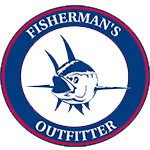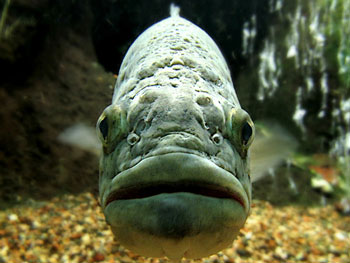Many New Englanders are familiar with the term “red tide,” but what is it, really? Is it as threatening as it seems? Does it affect the way we fish and eat seafood?
The Bad News:
Yes, red tide is harmful. It is often called a harmful algal bloom (HAB). Basically, single-cell microscopic algae called phytoplankton, or more specifically, a species of phytoplankton called dinoflagellates, contain photosynthetic pigments that create the discoloration seen in the water during a bloom. When red tide is in full effect, the algae in the blooms contain harmful neurotoxins. The red tide’s algae is not harmful if swimming near it, but it is harmful when ingested in concentrated amounts. So how does this happen? Well, shellfish love algae. Since shellfish (and some carnivorous snails) eat this contaminated algae, and store the neurotoxins in their digestive tracts, the shellfish become toxic. When humans eat them, that toxicity gets into the body and they can fall victim to Paralytic Shellfish Poisoning (PSP) that is extremely dangerous and sometimes lethal.
The Good News:
1. Red tide only affects shellfish, so fishermen do not need to worry about their catch being negatively affected. You cannot get PSP from swimming or being near the HABs.
2. The red tide’s algae blooms are intently monitored by The Division of Marine Fisheries between early spring and late fall, when the blooms most often occur, and restaurants and markets use their alerts to make sure patrons receive safe snails and shellfish. (The HABs tend to begin in mid-April and peak in June, with an occasional second bloom peak in the beginning of the fall, as well.) This means that eating shellfish from reputable restaurants or buying it from markets is perfectly safe, because their shellfish is taken from areas that are not affected by red tide. However, people who harvest their own shellfish should be extremely cautious during an outbreak of red tide, and never get their shellfish from restricted areas.
Remember, there is no way to cook out the harmful neurotoxins that the algae produce. If shellfish is in a red tide zone, it is simply not safe.
Overall, red tide does not have to hinder your love of shellfish or fishing! It is important to stay vigilant during a bloom of red tide … to keep an eye on the DMF’s alerts, as well as the waters in which you fish and dig.

